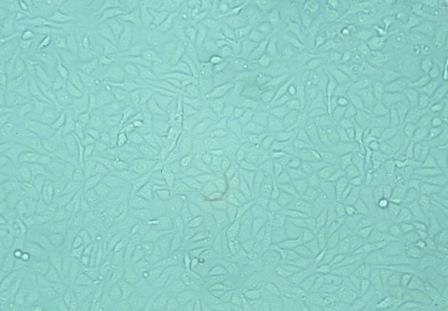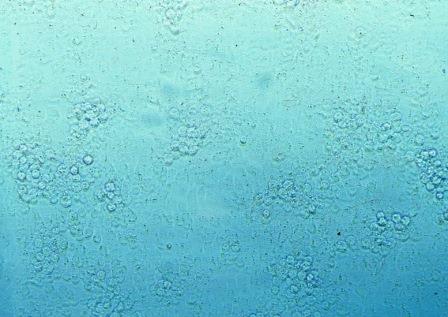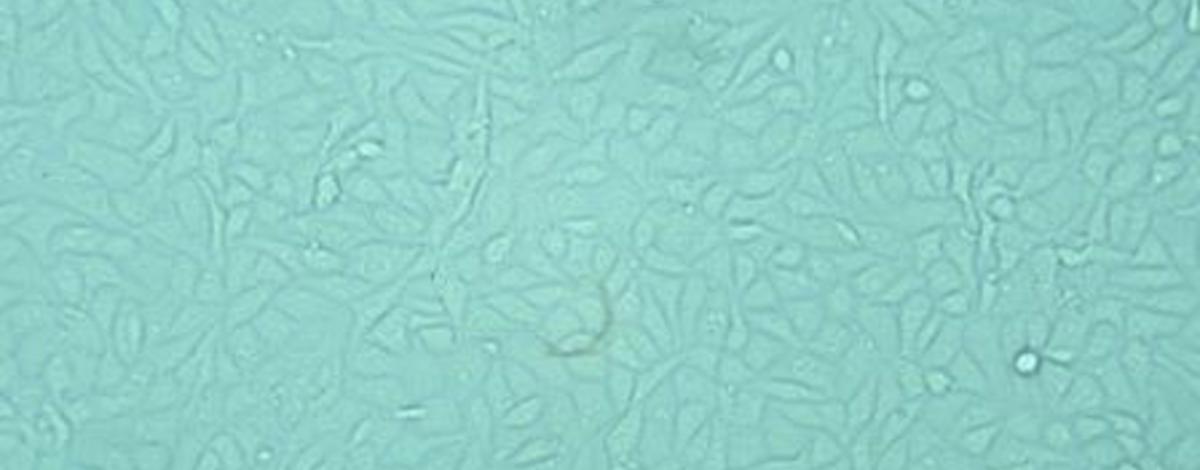Colds and the flu are caused by viruses, and they make us feel miserable. Viruses can affect fish, too. They may not cough and sneeze, but they exhibit other symptoms. Whether it’s a human or a fish virus, antibiotics don’t work to cure the infection, so the best bet is to avoid exposure altogether. The Eagle Fish Health Lab screens fish for viruses, identifying the infected so that they can be quarantined or culled. Keeping sick fish away from healthy fish reduce risk and helps improve fish survival in the hatcheries.
How do we test for viruses that infect fish cells? With fish cells! Viruses commandeer fish cells and use their cellular machinery to replicate themselves. Infected cells change shape and die as a result. We maintain cultures of fish cells in the laboratory for testing purposes—the fish themselves are long gone, but millions of their cells live on in tubes in the laboratory. We expose these healthy cells to samples that might contain a virus. If the cells start to develop the signs of viral infection, we know the original sample was positive for a virus.
To determine which virus is present, we run a follow-up test called PCR (Polymerase Chain Reaction). The PCR process makes millions of copies of a small section of the DNA or RNA, used to create a molecular ‘fingerprint’ that can be compared to known samples of genetic material from viruses. The technique is similar to those used by forensic scientists to match evidence to suspected criminals. Pretty high-tech science, all in the name of keeping fish healthy!
--Contributed by Roberta Scott



